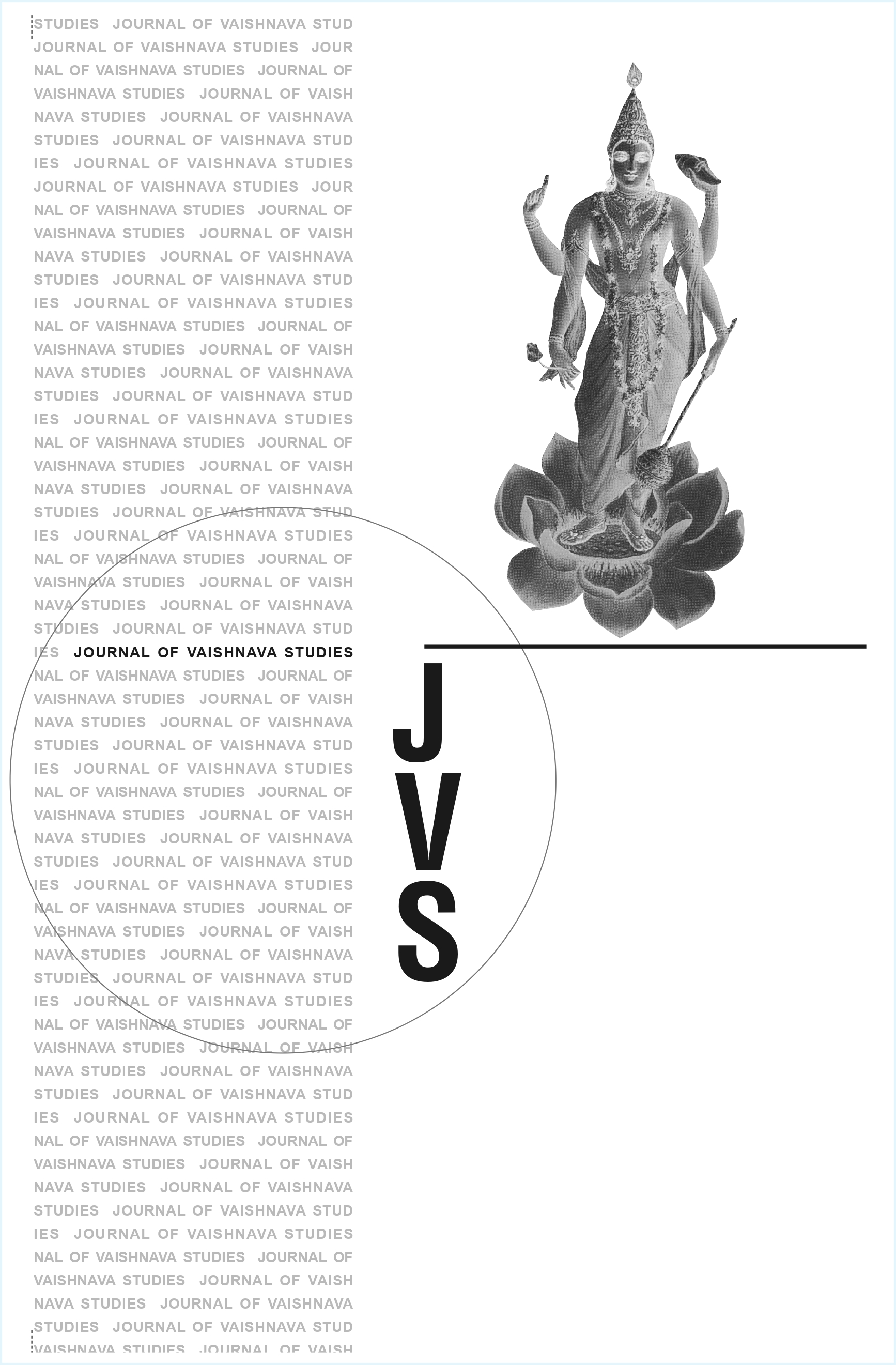The Famous Ratha-yātrā Festival of Puri
Keywords:
Ratha Jatra, Puri, Daitas, Devadasis, Jagannatha, Naba Kalebara, Renewal, Auspiciousness, Inauspiciousness, Kingship, Temple Servants, AnasaraAbstract
The article " The Famous Ratha-yātrā Festival of Puri" by Frederique Marglin examines the Ratha Jatra festival in Puri, India, as a significant ritual of renewal. The author highlights the crucial roles of two groups of temple servants: the Daitas and the Devadasis. The Daitas, considered blood relatives of the deity Jagannatha, are uniquely involved in "inauspicious" tasks related to the deities' "illness," "death," and the creation of new bodies during the Naba Kalebara (new body) festival. In contrast, the Devadasis traditionally serve as Jagannatha's wives, embodying auspiciousness. The article explores the inherent ambiguity of the Daitas' role, connecting their tribal origins and association with the "left" and inauspiciousness to their essential function in rejuvenating the deities and the land. Marglin details the annual Ratha Jatra, including the bathing festival, the period of illness (anasara), and the grand pilgrimage journey, illustrating how these rituals collectively renew kingship, the people, and the land, with the king's indispensable participation.Published
1999-06-20
Issue
Section
Articles





